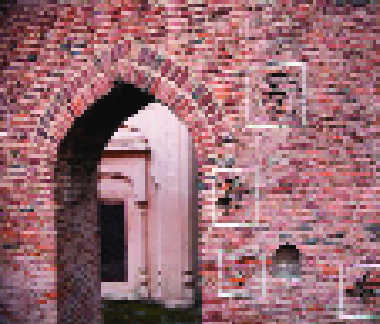Shubhadeep Choudhury
Tribune News Service
Kolkata, October 17
Justin Rowlatt, grandson of Sidney Rowlatt (architect of the notorious Rowlatt Act which attracted innumerable protest demonstrations in Punjab, including the gathering at Jallianwala Bagh that was fired upon by troops led by Col Reginald Dyer), felt terribly ashamed when he visited the site of the Jalliawala Bagh massacre.
This was revealed by JNU professor Chaman Lal while giving a speech on the Jallianwala Bagh massacre at a function held at Kolkata’s Netaji Indoor Stadium here today.
The function, organised by the CPM to celebrate the centenary of the foundation of the Communist Party of India, was attended by party general secretary Sitaram Yechury, senior leaders of the party’s West Bengal unit and thousands of supporters and cadres. Justin was posted in India as a journalist of BBC. He later wrote a book in which he mentioned how he was overcome with shame when the caretaker SK Mukherjee took him around the Jallianwala Bagh site, showing no rancour whatsoever for the macabre incident the origin of which could be traced to the draconian Act passed on the recommendations of his grandfather Sidney Rowlatt.
The JNU professor also mentioned how emotions of Bhagat Singh, all of 12 years then (1919), ran high when he heard about the incident. Bhagat Singh rushed to Amritsar from Lahore the very next day and filled up a bottle with soil soaked with blood from the site of the massacre. “The bottle can still be seen in the museum set up at Bhagat Singh’s native village in memory of the martyred revolutionary leader”, Chaman Lal said.
The name of The Tribune and its fiery editor Kalinath Ray were repeatedly mentioned by Chaman Lal during the lecture.
“Kalinath Ray was booked by the colonial administration and sent to prison for four years for the coverage given by The Tribune of the massacre”, Chaman Lal said.
“How I wish that people like Kalinath Ray was alive today,” Chaman Lal added.
Chaman Lal also mentioned how Tagore was moved by the Jallianwala Bagh massacre and wrote a bristling letter to the Viceroy Lord Chemsford returning knighthood offered to him.










